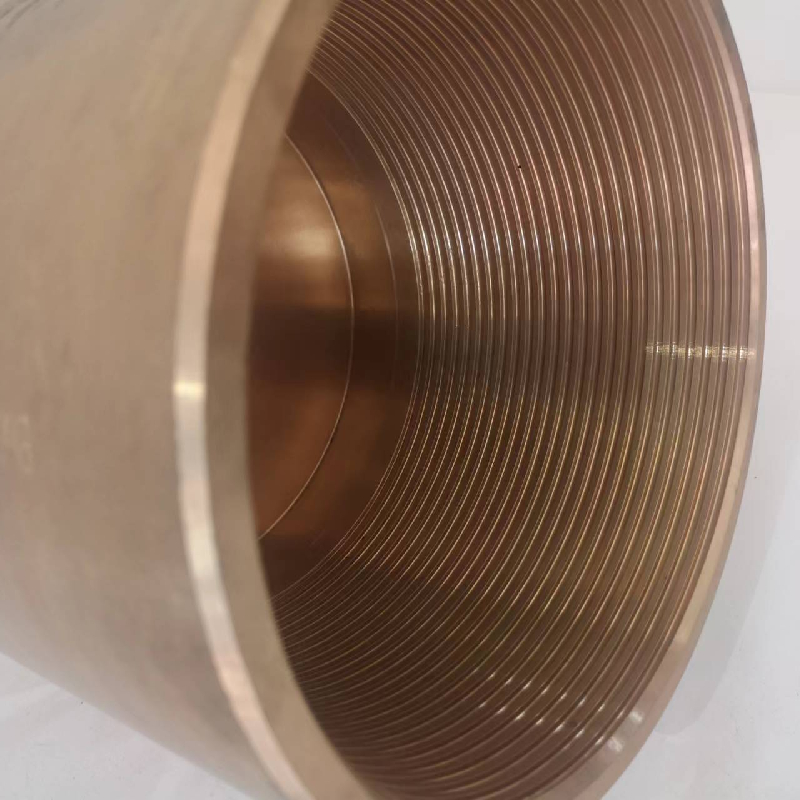- Afrikaans
- Albanian
- Amharic
- Arabic
- Armenian
- Azerbaijani
- Basque
- Belarusian
- Bengali
- Bosnian
- Bulgarian
- Catalan
- Cebuano
- Corsican
- Croatian
- Czech
- Danish
- Dutch
- English
- Esperanto
- Estonian
- Finnish
- French
- Frisian
- Galician
- Georgian
- German
- Greek
- Gujarati
- Haitian Creole
- hausa
- hawaiian
- Hebrew
- Hindi
- Miao
- Hungarian
- Icelandic
- igbo
- Indonesian
- irish
- Italian
- Japanese
- Javanese
- Kannada
- kazakh
- Khmer
- Rwandese
- Korean
- Kurdish
- Kyrgyz
- Lao
- Latin
- Latvian
- Lithuanian
- Luxembourgish
- Macedonian
- Malgashi
- Malay
- Malayalam
- Maltese
- Maori
- Marathi
- Mongolian
- Myanmar
- Nepali
- Norwegian
- Norwegian
- Occitan
- Pashto
- Persian
- Polish
- Portuguese
- Punjabi
- Romanian
- Russian
- Samoan
- Scottish Gaelic
- Serbian
- Sesotho
- Shona
- Sindhi
- Sinhala
- Slovak
- Slovenian
- Somali
- Spanish
- Sundanese
- Swahili
- Swedish
- Tagalog
- Tajik
- Tamil
- Tatar
- Telugu
- Thai
- Turkish
- Turkmen
- Ukrainian
- Urdu
- Uighur
- Uzbek
- Vietnamese
- Welsh
- Bantu
- Yiddish
- Yoruba
- Zulu
bull plugs
Exploring the Versatility of Bull Plugs
Bull plugs are small yet significant connectors utilized in various applications, particularly in the realm of electrical engineering and plumbing. Named for their robust and durable nature, these connectors offer a reliable solution for completing circuits and sealing openings in an efficient manner. This article delves into the characteristics, applications, and advantages of bull plugs across diverse industries.
Understanding Bull Plugs
At their core, bull plugs are designed to fill holes or gaps in devices, systems, or materials. They come in different sizes and materials, including plastic, rubber, and metal, which allows them to serve multiple purposes. The design of a bull plug generally features a tapered end that facilitates a snug fit into the designated opening. This creates a secure seal, preventing the ingress of air, moisture, or contaminants, which can be critical in maintaining system integrity.
Applications of Bull Plugs
Bull plugs are widely used in various industries. In electrical engineering, they serve as termination devices in circuits, preventing unintended contact with exposed conductive parts. By sealing connections, they enhance safety and reduce the risk of short circuits, thus prolonging the lifespan of electrical components.
In plumbing applications, bull plugs are instrumental in closing off unused ports in piping systems. For instance, when a system is being installed or modified, these plugs ensure that no unwanted leakages occur, maintaining the pressure within the pipes. They are especially useful in temporary installations where flexibility is essential, allowing for easy adjustments without the need for complete overhauls.
Moreover, bull plugs are utilized in automotive and aerospace engineering
. In these sectors, they are often employed to seal unused ports in engines or hydraulic systems, thus preventing fluid loss and ensuring optimal performance. Their resilience to extreme temperatures and pressures makes them ideal for such demanding environments.bull plugs

Advantages of Bull Plugs
One of the primary advantages of bull plugs is their ease of installation. Most plugs can be inserted by hand or with minimal tools, allowing for quick repairs or modifications. This is particularly beneficial in emergency situations where time is of the essence.
Additionally, bull plugs offer versatility and adaptability. They can be used in a wide range of settings and materials, from plastics to metals. This adaptability makes them a cost-effective solution for industries needing reliable sealing mechanisms without investing heavily in custom components.
Another noteworthy benefit of bull plugs is their enhanced safety features. By providing a reliable seal, these connectors help prevent the accidental release of harmful substances, be it electrical currents in electrical engineering or pressurized fluids in plumbing and automotive applications. This safety measure is crucial in adhering to regulatory standards and ensuring the well-being of workers and the public.
Conclusion
In conclusion, bull plugs may seem like simple components, yet their impact across different industries is profound. Their ability to provide secure sealing, ease of installation, and versatility makes them an essential part of various mechanical and electrical systems. As technology continues to evolve, the demand for reliable and efficient sealing solutions will only grow, further solidifying the importance of bull plugs in future applications.
As industries move towards greater efficiency and sustainability, bull plugs will undoubtedly play a role in innovating processes that require both safety and reliability. Whether in electrical circuits, plumbing systems, or intricate automotive designs, bull plugs remain a pivotal component that ensures functionality and security. Thus, understanding their design and applications will empower professionals across various fields to make informed decisions that optimize the performance of their systems.
-
Tubing Pup Joints: Essential Components for Oil and Gas OperationsNewsJul.10,2025
-
Pup Joints: Essential Components for Reliable Drilling OperationsNewsJul.10,2025
-
Pipe Couplings: Connecting Your World EfficientlyNewsJul.10,2025
-
Mastering Oilfield Operations with Quality Tubing and CasingNewsJul.10,2025
-
High-Quality Casing Couplings for Every NeedNewsJul.10,2025
-
Boost Your Drilling Efficiency with Premium Crossover Tools & Seating NipplesNewsJul.10,2025







